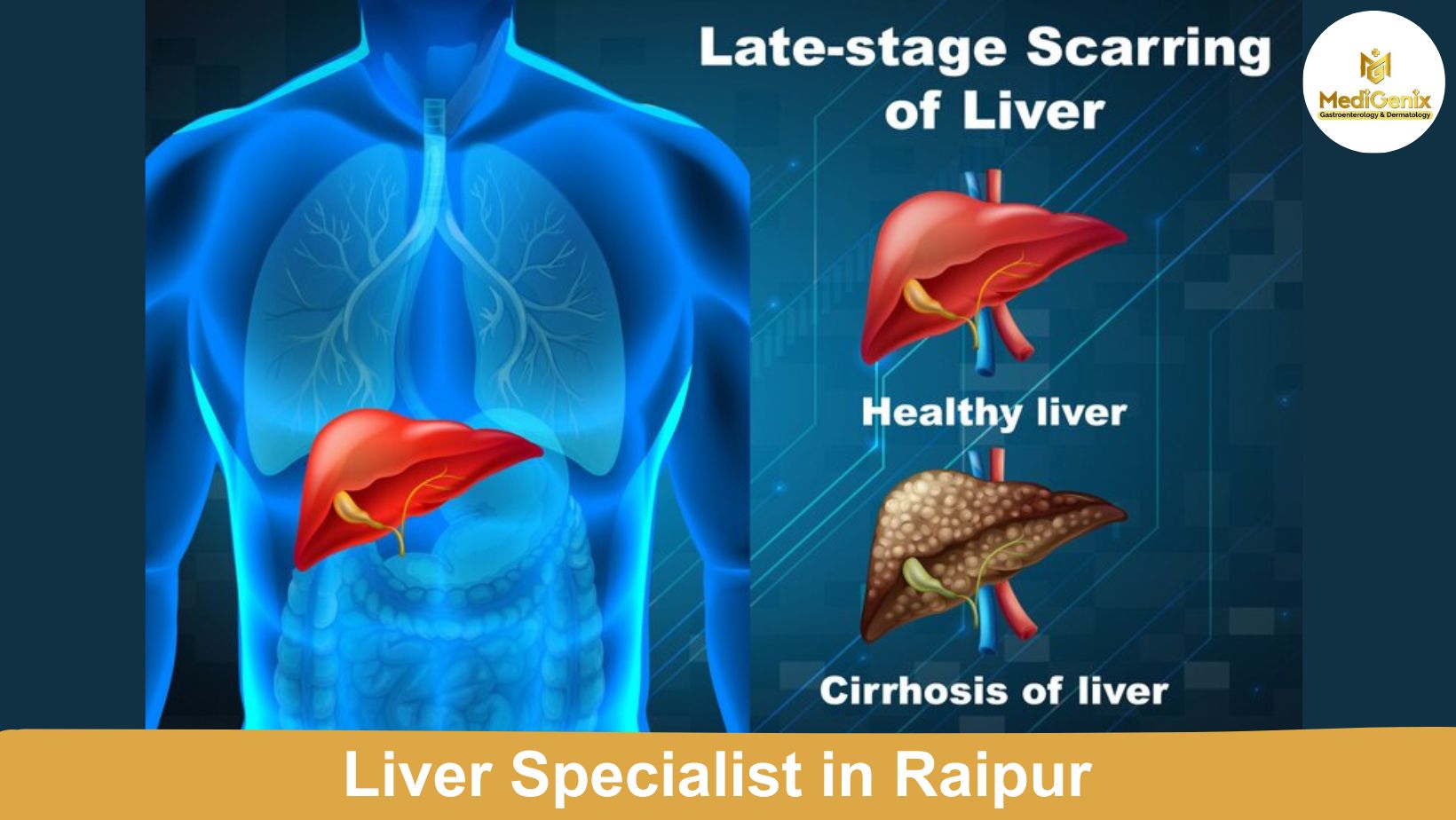Liver Cirrhosis

Liver Cirrhosis is a disease in which the liver becomes severely scarred, due to many years of continuous injury. The most common causes of cirrhosis include heavy alcohol use, fatty liver disease (often seen in people with obesity or long standing diabetes), and chronic hepatitis B or C (viral infections that affect the liver). In its advanced stages, cirrhosis is usually irreversible, so treatment may involve liver supportive therapies that prolong or reduce the requirement of liver transplant .In its earlier stages, cirrhosis may be reversible if the underlying cause can be treated judiciously.
Signs And Symptoms
- Loss of appetite
- Weight loss
- Weakness
- Jaundice (yellowing of the skin or eyes)
- Itching
- Signs of upper gastrointestinal bleeding (such as vomiting blood, or having bowel movements that look like tar or that contain blood)
- Swelling in the abdomen (caused by a condition called ascites, in which fluid builds up around the organs in the abdomen)
- Mood changes, confusion, or abnormal sleep patterns (caused by a condition called hepatic encephalopathy)
- Muscle cramps, which can be severe
- Absent or irregular menstrual bleeding
- Erectile dysfunction, infertility, or loss of sex drive (in males)
- Breast development in males
- Spider veins
Liver Cirrhosis Treatment
When treating people with cirrhosis, we have the following major goals in mind,
- Slow or reverse the cause of the liver disease
- Prevent, identify, and treat the complications of cirrhosis
- Protect the liver from other sources of damage
- Manage symptoms and blood abnormalities
- Determine if and when a liver transplant is needed
- Improve patients quality of life.
